By Alex Trukan
Number 9’s position is usually associated with playing as high as possible and looking to threaten centre backs at all times. With the emergence of a ‘false nine’ position and its’ benefits, even the traditional type number 9’s became more flexible and looking to receive deeper into the centre of the pitch. This offers many benefits including the option to hold up play in midfield to allow forward runs, overloading central areas for combination play or becoming a spare man to get the ball into wide areas. This article will explore some of the ways number 9 might make movements towards his own half.
As the play is developed from the own half, all of the central midfielders are often well marked and the space is denied. Number 9 coming deep towards the ball might offer important overload and be a link player to get the ball forwards. As he is coming from behind the sight of opposition midfielders, he will often be unmarked. He would also have a view for any gaps and pockets that arise between the opposition players.
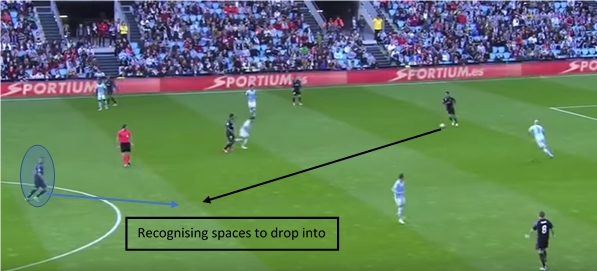
As he gets on the ball in midfield areas, he can obviously look to turn and play forwards but also another way of using him is to hold up play and allow time for other players to make runs. This will make sure that the ball is played back into striker at the end of play, near the opposition penalty box. Otherwise if the striker drives with the ball, he might find himself playing the final pass, especially during the counter attack.
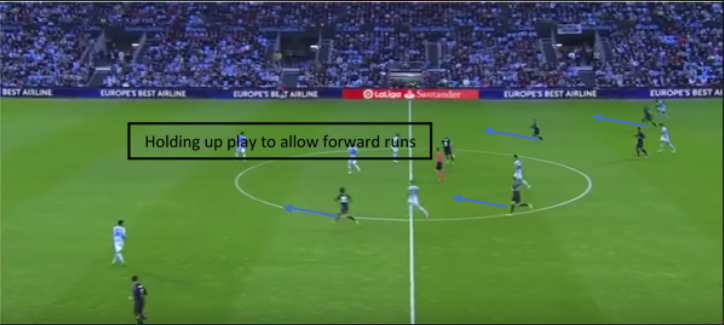
As the play is developed into opposition’s half, number 9 might choose to come on the angle and link play just beyond the opposition’s midfield line. This is the most typical movement towards the ball he can make. Apart from creating an option for combination play, it can also move the opposition defender out of position and create gaps in behind for other strikers to exploit.
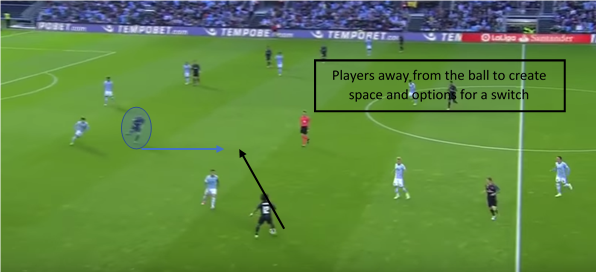
When playing with more than one strikers, they should look to play around each other. For example, if central striker (9) comes deep into central areas to receive, the other one should look to be on the angle in half spaces between the centre and wide areas. Number 9 coming deep offers good opportunity to transfer the ball wide and then look to make a run into the box to finalise.
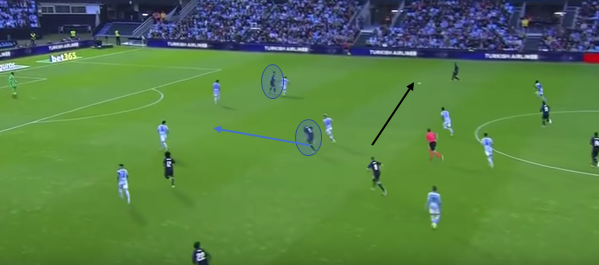
Similarly, if number 9 decides to run into wide areas, the other striker should look to stay centrally. Always working off each other and playing on different angles. This will ensure problems are caused for a number of defenders at the same time and different spaces occupied giving more options to finish from.
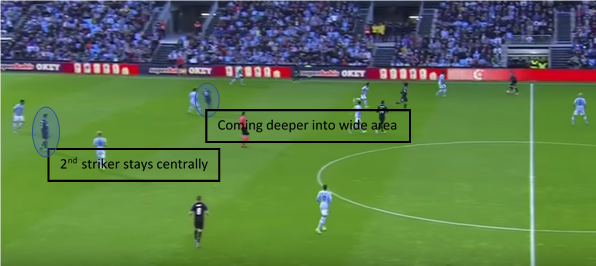
When using number 9 to come deeper into own half, midfielder should look to create space for this by dragging opposition midfielders away and leaving gaps to receive in. They might also look to fill in the gaps up front by making forward runs.
By Alex Trukan, Development Coach, Nottingham Forest - @AlexTrukan


